EPO increases the risk of bleeding during and after your surgery. The gamma-linolenic acid in evening primrose oil can slow blood clotting, so it should not be taken along with medications intended for the same purpose, as this can cause a bleeding and bruising risk. Often after surgery, you will be given an injection to prevent Deep Vein Thrombosis and Pulmonary Embolism (clots in legs and lungs), along with other measures such as TED stockings and Flotron boots. EPO can interact with blood thinning medication. EPO has also been known to cause seizures under general anaesthetic, even though you may not normally have fits.
Other natural supplements that have been implicated in an increased risk of bleeding during surgery are garlic, ginger, ginkgo, ginseng, danshen, omega-3 fatty acids, St John wort…… Always tell your doctor about supplements you are taking if you are considering surgery.
Just because supplements may be natural, it does not mean that they are safe for surgery.

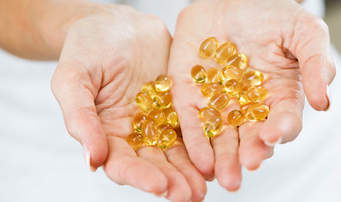
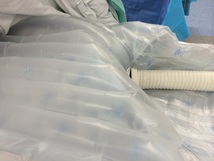
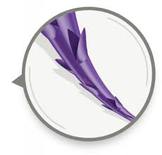
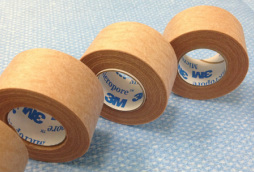
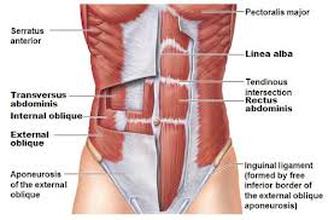
 RSS Feed
RSS Feed





